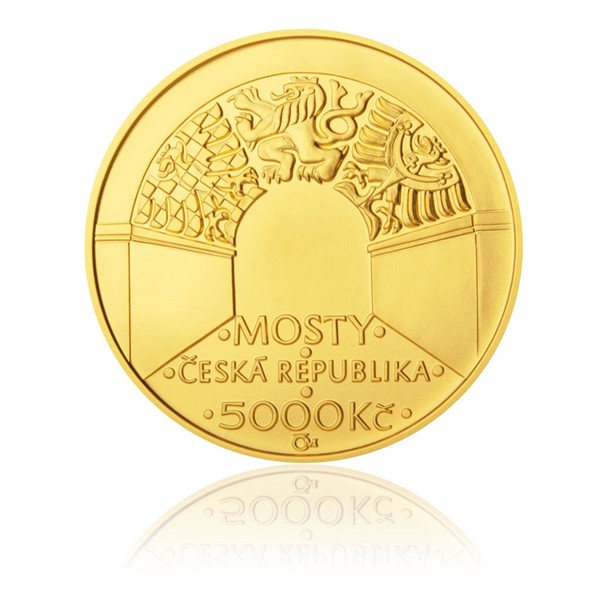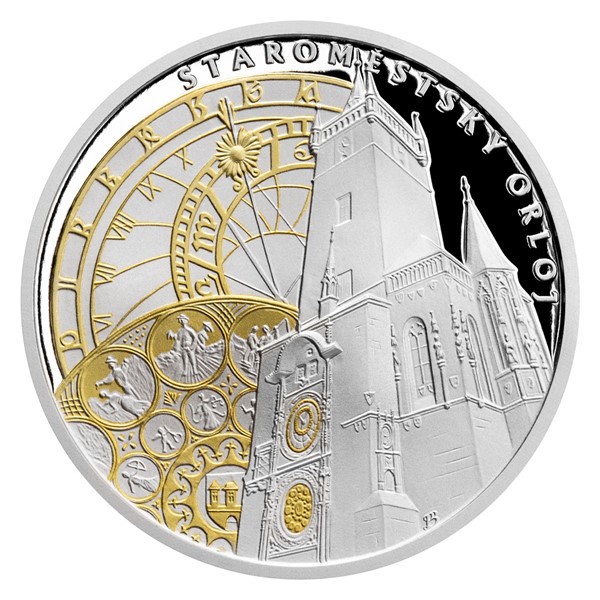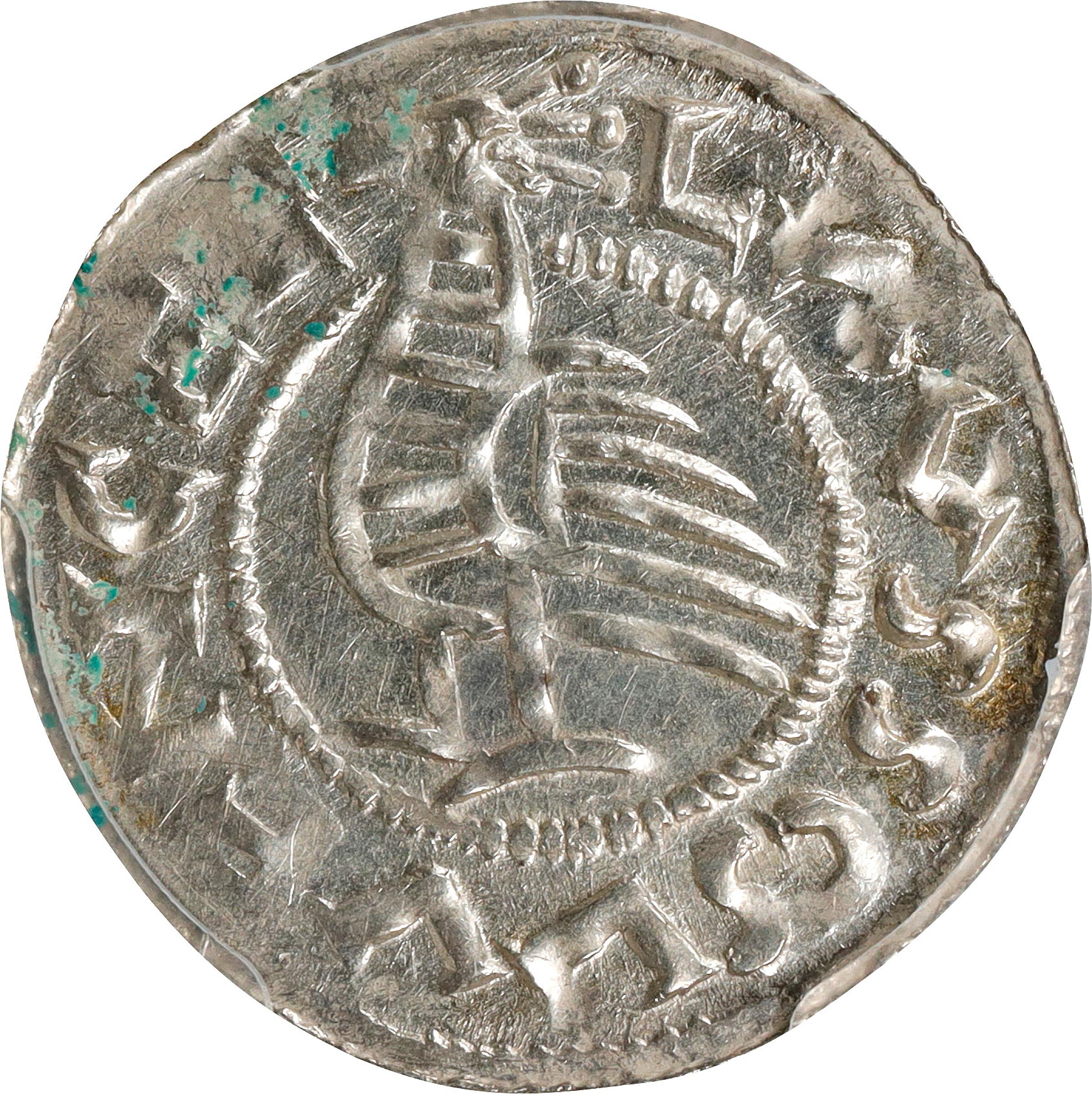Excellent Ideas On Vacuum Hardening Czechoslovakia Coins
Wiki Article
How Do High-Precision Cnc Machines Cut Out The Design Into A Die Or Master For Striking Medals Or Coins Made From Gold?
High-precision CNC (Computer Numerical Control) machines play a significant role in the creation of master hubs or dies for striking gold coins or medals. Here is a brief outline of the process for preparing CNC programming.
Computer-Aided Design (CAD) software generates 3D models of your medal or coin.
The CAM (Computer-Aided Manufacturing) software generates toolpaths and instructions for the CNC machine based on the 3D model.
How to choose the right Die Material
High-quality and durable materials like brass, steel or alloys that are hardened are chosen to be used for CNC machining the master hub or die. They are able to withstand the high-pressure striking process, and guarantee precise reproduction of the design.
Fixturing and Setup-
The material of choice is fixated to the CNC machine's worktable or vice to ensure precise machining. The proper fixing is required to avoid vibrations or movements while the process of machining.
CNC Machining Process
CNC machines employ end mills and ball mills as cutting tools to cut designs into dies or master hubs.
The CNC machine removes material from the blocks of blank material according to the 3D specifications.
Different types and sizes of cutting tools may be used to achieve various depths, contours, and details of the medal or coin design.
CNC machines are equipped with computer algorithms which control their movements and provide precision as small as micrometers.
Refinement and finishing
The die, or master hub is refined further after the initial machining.
By using special tools or by polishing, smoothing or finishing the surface, you will be able to be sure that the surface meets the standard.
Quality Control Inspect and Test
The final die, or hub is then put through an extensive inspection by the aid of measurement tools like micrometers, gauges and optical measuring instruments, to ensure that it meets all design specifications.
Hardening Treatment (Optional)
Die dies could be treated using heat hardening or surface treatments, or both to improve durability and wear resistance during the process of striking.
CNC machines offer the accuracy and precision needed to create intricate designs onto master hubs and dies. The machined dies are the essential tooling needed for striking gold medals or coins with precision, consistency and exquisite details. Take a look at the top CNC Machining Czechoslovakia gold coins website examples including 1933 double eagle, purchasing silver bars, gold eagle coin, gold coin gold, gold medal swimming, gold dollar, golden dime, silver price in dollar, gold coin 24k price, silver double eagle and more.

Why Do Dies Used To Create Gold Coins And Medals Undergo Vacuum-Hardening Processes
The technique of vacuum hardening is employed in the making of gold medals or coins. It involves heating the dies at high temperatures and then expose them to controlled conditions inside a vacuum. This is a brief description of the process of vacuum hardening.
It is essential that the dies used to strike coins and medals are free of any residues and contaminants.
Injecting Vacuum Furnace-
The dies may be put into a vacuum oven, which causes a vacuum to be created in the area of heat treatment.
Evacuation of Aircraft
The vacuum chamber is constructed by taking air out of the chamber and creating an atmosphere that is completely free of oxygen. This helps prevent oxidation and guarantees uniform heating.
Heating Phase
The furnace is heated to the ideal temperature needed to harden the dies. The range of temperature is determined by the material type and the process of hardening.
Soaking with High Temperatures
The dies are kept at a high temperature for a specified time that allows the material to reach and keep the desired hardness and metallurgical structure.
Cooling or Quenching
After the soaking period and the dies are then cooled or quenched using specialized techniques. The quick cooling assists the metal achieve the desired level of hardness.
Tempering Optional
In some instances it is possible to temper after the hardening process. Tempering involves heating dies to a lower temperature to relieve internal stresses and improve durability while maintaining the toughness.
Quality Control Inspection
To ensure that they meet standards for hardness and strength Die dies that have been hardened go through an exhaustive inspection and quality check.
Post-Treatment Handling-
Die dies are polished or coated, and are used to make coins or medals.
The vacuum hardening process enhances the strength, wear resistance and longevity of dies used for striking gold medals or coins. The process of hardening by vacuum is a reliable and predictable method to ensure that dies are hardened in a controlled and safe environment free of contaminants. View the most popular vacuum hardening Prague Mint gold coins website tips including price of 5 dollar gold coin, gold sovereign coins, 1 ounce of silver, 24k gold coins prices, spanish gold coins, american gold eagle, 1oz gold eagle coin, gold one dollar coin, 1 10 oz american gold eagle, gold eagle coin and more.

Why Are Gold-Plated Medals And Coins Polished By Hand?
Hand-polishing dies with care is essential in the production of gold coins and medals to ensure a smooth and flawless surface for several reasons Enhanced Detail Reproduction - Hand polishing eliminates any imperfections, burrs or any irregularities that may occur on the surface of the die. Smooth surfaces allow the details of the design to reproduce more accurately on the struck coins and medals.
A die that is polished produces coins and medals that have sharper edges, better relief, and better particulars. The final product will be of a higher aesthetic quality and the appeal.
Reduced Wear & Tear- Polishing is a great way to reduce friction and wear while striking. The smooth surfaces of dies decrease the chance of irregularities or imperfections on struck coins and medals.
Consistency in the Striking. Hand polished dies produce an even striking face that ensures uniformity throughout the process of minting. Consistency ensures the accuracy and quality of the design on all coins and medals.
Longevity: Polished Dies will last longer. They are less likely than unpolished ones to wear down or get damaged during the process of striking. The dies are stronger and last longer and allow for an increased number of strikes to be struck without sacrificing the quality.
Accuracy and Precision - Hand polishing allows the engraver to fine tune specific areas of dies, which ensures that the exact details are reproduced on struck coins or medals. This level contributes to precision in the final product.
Quality Control - Polishing is a component of quality control. The die is inspected as it is polished by hand to detect any defects or inconsistencies, and then corrected prior to the strike.
Surface Finish - Polishing can give specific textures or finishes to surfaces which can enhance the aesthetic appeal or adding unique characteristics to the coins or medals.
Hand polishing gold dies and medals to a high standard is vital for producing high-quality, precisely precise, and visually pleasing products. It contributes significantly to the appearance of the final product as well as quality, and consistency. Follow the top rated hand polishing Prague Mint gold coins blog advice. including gold and silver bullion, buy gold bullion, 50 dollar gold coin, $50 gold coin, 2000 sacagawea, ancient coin, bullion bars gold, one oz of gold, coin buy gold, buy gold biscuits from bank and more.
How Do You Get Gold Blanks Into Coin Presses?
In the process of production Gold blanks will be placed in coin presses, which stamp them by high pressure. This transforms them into finished medals or coins. This is a brief overview of the procedures involved in loading blanks.
The gold blanks are put in the feeder system which is connected to the coin presses. This feeder system provides the constant supply of blanks for the coin press.
Blanks for Feeding to the Press
The feeder system directs each blank into the zone of the coin presses. The feeder system makes sure that every blank is precisely placed to allow for stamping.
Alignment of Positioning
Inside the press, blanks are aligned and positioned in the chamber for striking, ensuring that they are perfectly centered and aligned to allow for the stamping process.
Strumping in High Pressure
The coin press puts massive pressure on the gold blanks by using two dies: one stationary and one that moves. The stationary die is the negative impression of the coin's design while the moving die is the hammer that strikes the blank.
The die is moved to strike the blank with great force and then transfers the design on the surface of the blank. The dies' pressure imprints the designs, resulting in the reliefs raised and the details of the coin or medal.
Striking repeatedly
For higher-quality coins or medals such as collector's or proof editions, a variety of strikes can be used to create the most precise, sharper appearance or design. Each strike further refines the details on the blank's surface.
Collection and Ejection
Once struck, the freshly minted medals or coins are removed from the press and collected in trays or containers. They are checked for quality control to make sure that the designs are in line with all requirements and standards.
Post-Processing-
The appearance of the medal or coin may require additional processing such as edge lettering (either edge or reeding) or post-strike treatments.
The process of stamping gold blanks using pressure is crucial since it transfer the desired design onto the blanks of gold. Then, they are transformed into finished coins or medals ready for circulation, collection or for commemoration. The process of stamping requires accuracy as any the variations in alignment and pressure can affect the quality of the final product. Follow the top minting Prague Mint gold coins website examples. including gold bullion bars, 1oz gold eagle coin, gold & silver bullion, 1 4 ounce gold coin, buy gold bullion, 2000 dollar coin, gold angel coin, gold eagle coin, 5 cent piece, 2000 p sacagawea dollar and more.

